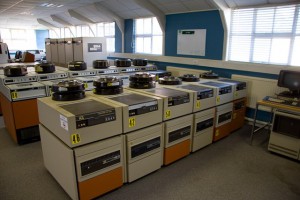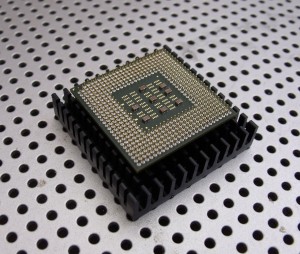Design Considerations:
The proposed computational system should conform to these general design configurations.
Final Configuration:
The final system was built as follows.
The NIH “Discovery” COBRE computational cluster “naja.chem.udel.edu” consists of twenty Dell PowerEdge R630 nodes, each containing two Intel Xeon E5-2667 CPU’s at 3.2 GHz, 64GB of RAM and a local 1TB SAS Drive. There are two additional Dell PowerEdge R630 nodes that each have two Intel Xeon E5-2667 CPU’s at 3.2 GHz, and 768GB of RAM with a 1TB SAS drive.
These twenty two nodes are connected with 40GB Ethernet to a PowerEdge R730XD front end again with two Intel Xeon E5-2667 CPU’s at 3.2 GHz, and 64GB of RAM with an inital 94 TB of High Speed Storage. That Storage will be augmented up throughout the life of the cluster and is expected to top out at 554TB of high speed local disk. A 1GB Ethernet management network and 6kVA UPS complete the configuration.
Naja was named for the genus of venomous snakes known as cobras.
In short – naja.chem.udel.edu is a 22 node computational cluster with 264 CPU cores running at 3.2GHz, 2,880GB of RAM and over 100TB of storage, connected with 40GB ethernet, 1GB management network and a 6kVA UPS.
Software and Science:
Computational Instruction; ab initio and Density Functional Applications; classical mechanics, molecular dynamics simulations, coarse-grained modeling


